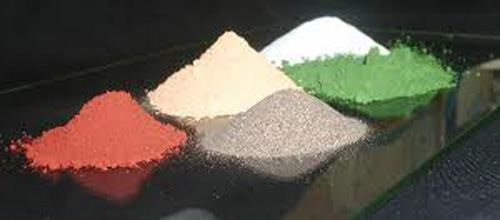
The history of loose abrasive grains can be dated back to long ago and it has been developing. During processing, abrasive grains, micro powder, and ultra-fine powder in the lapping compound and polishing compound are in a free state.

The history of loose abrasive grains can be dated back to long ago and it has been developing. During processing, abrasive grains, micro powder, and ultra-fine powder in the lapping compound, lapping fluid, polishing compound, and polishing fluid are in a free state. The cutting and grinding can be fulfilled with loose abrasive grains slide, trundle, and strike. Loose abrasive grains processing is categorized as finishing cut, which refers to cutting an ultra-thin material layer to decrease workpiece roughness concentration or to strengthen the workspace workpiece surface.
Loose abrasive grains are also used in modification process, mainly to decrease surface roughness so as to improve defensive performance and appearance, such as sanding and polishing wheels. The term "polishing" not simply refers to finishing process and modification process, it also covers soft materials (plastics, pitch, etc.) sanding discs that rotate at a low speed, or low elastic (cloth, felt, and leather) polishing wheels. Sometimes people categorize deburring as polishing, too. It is an important technique that influences sensitivity and reliability of workpieces.
The newly developed ultra-fine grinding and polishing techniques include two purposes. One is to decrease surface roughness and improve precision, and the other is to achieve all types of component functions of specific function materials, such as electronic components and optical elements.
Author: Liwei Chu
Copyright: iAbrasive.com--Abrasives & Diamond Tools Market